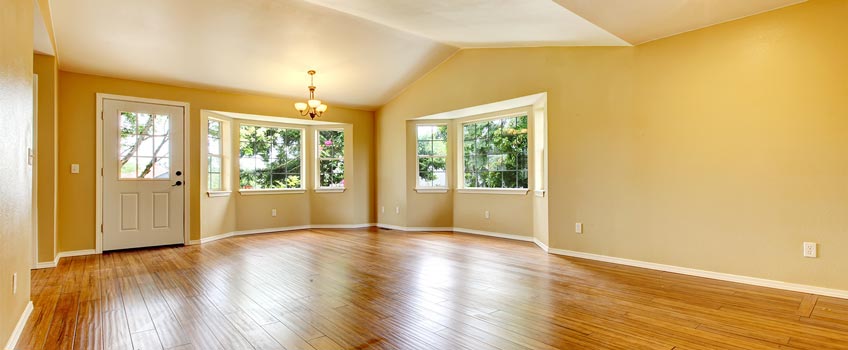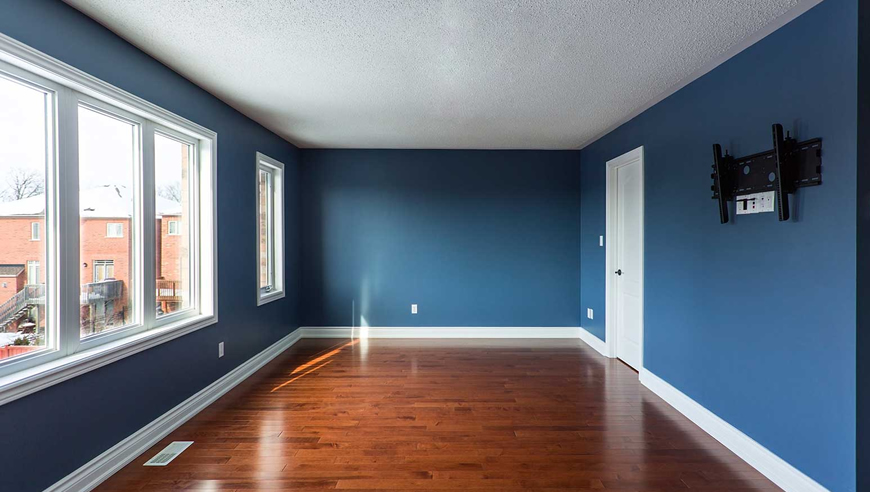Expert Color Consultation in Lakewood for a Stylish and Cohesive Interior Palette
Expert Color Consultation in Lakewood for a Stylish and Cohesive Interior Palette
Blog Article
Enhance Your Interior Decoration With Comprehensive Color Examination
The combination of color assessment into indoor layout provides a distinct opportunity to improve and boost the emotional and aesthetic resonance of an area. By involving with a skilled color consultant, you can browse the complexities of shade choice, guaranteeing that your options not just enhance building attributes but likewise reverberate with individual style and mental influence.
Advantages of Color Appointment

In addition, color assessment help in making best use of natural light and maximizing spatial perception. Lighter shades can make a space show up even more expansive, while darker shades create an intimate setting. Cleveland Metro Painting Specialists. This critical application of shade can substantially affect the overall atmosphere of any type of indoor room
Additionally, professional specialists have a detailed understanding of present trends and timeless standards, ensuring that the picked shades will certainly stay appealing over time. This insight can save customers from costly redesigns in the future. Lastly, color examination encourages clients by giving them with a clear vision and instructions, promoting self-confidence in their layout options and eventually causing a more effective and gratifying interior decoration end result.
Comprehending Color Psychology
The importance of color psychology in interior decoration can not be overstated, as it explores the emotional and emotional impacts that various tones can stimulate in individuals. Shades can influence state of mind, habits, and even productivity, making them a vital factor to consider in any type of design task.
For instance, cozy shades such as red, orange, and yellow are usually related to energy and warmth. They can stimulate feelings of enjoyment and comfort, making them appropriate for social rooms like living kitchens or rooms. On the other hand, awesome shades like blue, eco-friendly, and purple tend to evoke calmness and harmony, making them excellent for bedrooms or reflection areas.
Furthermore, using neutral tones can develop a balanced atmosphere by permitting the bolder colors to stick out without overwhelming the detects. Recognizing these psychological effects allows developers to develop spaces that not just look cosmetically pleasing however also advertise emotional health.
Integrating color psychology right into indoor layout entails a thoughtful option of hues customized to the desired function of each room, eventually enhancing the general experience for its residents. This recognition is vital for accomplishing a unified and practical indoor atmosphere.
The Color Wheel Described
Recognizing the relationships between tones is essential for effective interior decoration, and the color wheel works as a valuable device in this process. The color wheel, created by Isaac Newton in the 17th century, highlights the range of shades set up in a round style. It comprises primary shades-- red, blue, and yellow-- that can not be developed by blending various other colors. Secondary colors, formed by combining primaries, consist of green, orange, and purple. Tertiary colors go to this website result from blending a key and an additional shade, resulting in hues such as green and red-orange.
The color wheel aids designers realize the partnerships between shades, consisting of complementary, similar, and triadic schemes. Corresponding colors, located opposite each other on the wheel, create lively contrasts that can energize an area.
Making use of the color wheel in interior decoration not only improves visual charm yet likewise stimulates specific emotions and environments, making it a critical recommendation for shade examination. Understanding these connections inevitably equips designers to develop areas that are both aesthetically captivating and useful.
Selecting the Right Scheme
A well-chosen color plan can merge a room, improve its features, and stimulate desired feelings. Various spaces offer varied features and require palettes that mirror their intended usage; for circumstances, peaceful shades such as soft blues or eco-friendlies work well in bed rooms, advertising relaxation.
Light can dramatically modify exactly how shades show up, so it is crucial to examine the area at various times of the day. A harmonious scheme ought to enhance these functions, creating a cohesive appearance throughout the area.
When selecting colors, use the 60-30-10 rule, which recommends that 60% of the space must be a dominant color, 30% a second color, and 10% an accent shade. This ratio makes sure balance and visual interest (Cleveland Metro Painting Specialists). Ultimately, sample colors on the wall surfaces before dedicating, as this permits you to see how the colors communicate with one another and the total ambiance they produce in your interior decoration job.
Collaborating With a Color Professional

When dealing with a shade professional, the procedure generally begins with an initial assessment. During this meeting, you'll review your vision, choices, and the existing components in your room. The expert will certainly examine your requirements and may suggest particular color palettes that align with your goals.
After establishing an instructions, the consultant will provide samples and aesthetic aids to assist you envision the suggested color pattern. This action is vital, as colors can appear differently under differing lights conditions.
Additionally, a shade professional can assist you in choosing complementary home furnishings, art work, and visit the site devices to integrate with your selected palette. By collaborating very closely, you can accomplish a polished visual that elevates your insides and develops a welcoming atmosphere. Eventually, the knowledge of a shade expert can considerably boost the general impact of your style project.
Verdict
In summary, thorough shade examination offers as an important device for boosting interior layout. By leveraging expert understanding of shade psychology and spatial characteristics, a tailored color combination can be created to evoke particular feelings and create an unified setting.
By involving with an experienced shade professional, you can navigate the complexities of shade option, ensuring that your choices not only complement architectural attributes yet additionally reverberate with individual design and emotional influence. It consists of key shades-- red, blue, and yellow-- that can not be developed by blending various other shades.The color wheel assists developers comprehend the connections in between colors, including complementary, analogous, and triadic systems.When picking shades, make use of the 60-30-10 policy, which suggests that 60% of the area ought to be a dominant shade, 30% a second shade, and 10% an accent color. By leveraging professional knowledge of color psychology and spatial characteristics, a customized color palette can be developed to stimulate details feelings and produce a harmonious environment.
Report this page